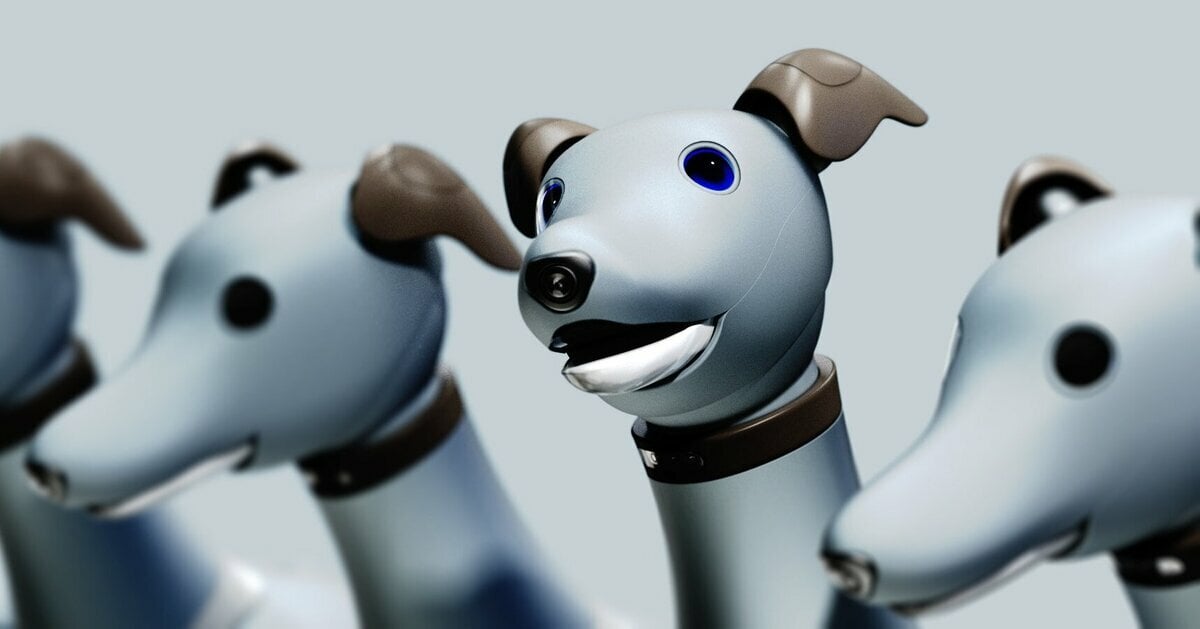Jihee Kim Introduces a Friendly AI Canine Companion
Laika, a concept envisioned by Jihee Kim, is an AI-powered machine animal designed to interact with humans, particularly at the juncture of space exploration and technological advancements. Positioned as an ideal companion for space travelers, Laika caters to both their physical and emotional needs during extended missions away from Earth. This innovative creation is tailored for upcoming space ventures such as NASA’s Artemis and Moon to Mars expeditions slated for the period between 2025 and 2030. In stark contrast to the prevalent robotic dogs characterized by a more intense demeanor, Laika boasts a friendly and approachable design that fosters emotional connections with its human users while also monitoring their well-being and offering assistance as required. Notably, Laika’s adaptable style allows seamless integration not only in space missions but also within various regional contexts.

All images are the intellectual property of the author.
Laika’s Sensor Technology Mirrors Real-life Assistance
Named after the pioneering space-traveling dog of 1957, Laika transcends being merely a mechanical entity to become a valued companion and integral part of an astronaut’s daily life, assuming roles akin to a friend, family member, and health advisor. Crafted from durable metal, Laika’s robust construction enables it to navigate the challenges of space exploration and terrestrial environments alike, engaging in activities such as walking and jogging alongside its human counterparts while providing crucial emotional support through its advanced computational capabilities.
Equipped with an array of sensors including depth cameras, thermal imaging cameras, acoustic sensors, and impact sensors, Laika possesses the ability to perceive its surroundings, identify objects, and interact with individuals. Additionally, ECG sensors embedded in its neck monitor the astronauts’ well-being during moments of emotional connection, underscoring Laika’s dual functionality. The lifelike movements, characterized by emotive gestures conveying loyalty and affection, further enhance the emotional bond between Laika and its human companions.
The artist envisions the integration of augmented reality glasses as a commonplace accessory in the foreseeable future. Through these devices, users can engage in real-time communication with Laika, receiving updates on its activities and status. The presence of a retractable handle on Laika’s back facilitates ease of movement, enabling users to carry the robot dog or incorporate it into their exercise routines effortlessly.

Laika’s design exudes approachability and a natural, dog-like aesthetic, fostering personal connections with individuals.
embedded content

An array of cameras enables Laika to detect individuals, surroundings, and dynamic elements.

Through intricate computational algorithms, this medium-sized robotic canine can seamlessly navigate and operate alongside humans.






